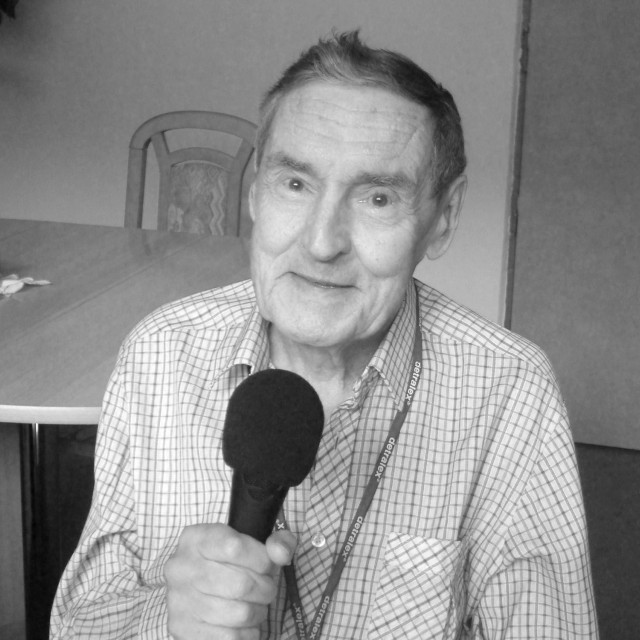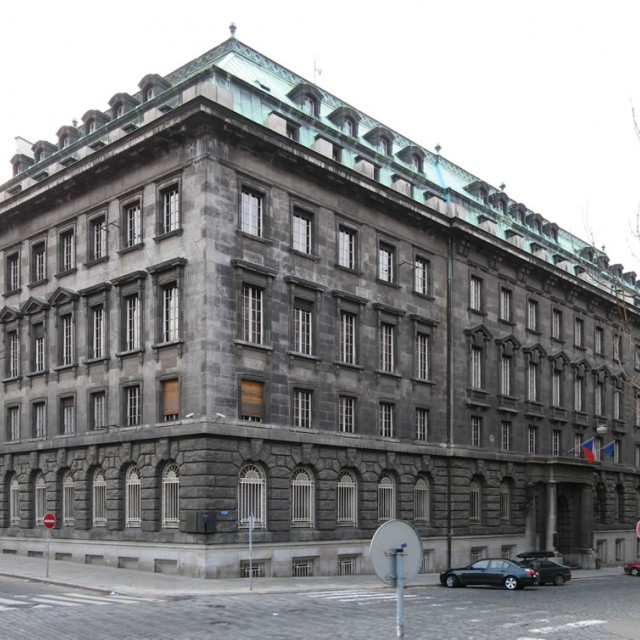They didn’t believe me that I made the cyanide myself
Ivan Malý was a member of a resistance group based in Bohnice, whose members were arrested at the end of August 1944 after an informant, who managed to find his way into the group, reported them. The interrogators in Petschek Palace wanted Malý to tell them where the group managed to obtain such a relatively large amount of potassium cyanide. Malý had made it and his colleague divided the cyanide into individual doses which a person could use to poison himself/herself in case of an arrest: “They were trying to find out where I got it from. I knew it was from a company called Dříza. But that was just a small amount. The rest, I told them, was selbstgemacht, that is, made by myself. They hit me because they thought I was lying. They couldn’t believe that I had made it myself.” The cyanide was found in the possession of Malý’s colleague and during the interrogations someone from the group had turned the attention of the Gestapo toward pharmacist Ivan Malý. They brought him for the interrogation every other day from Pankrác. “They would beat us. For example they would hit us with these rubber cables in the face. A certain commissioner called Nerger was in charge of my case.” Ivan Malý says that Nerger treated the interrogatees quite well. He thinks it was partly because of the atmosphere after the attempt to assassinate Hitler which took place that year in June and which made the Prague Gestapo uneasy. The cyanide made by Ivan Malý was deposited at the Gestapo headquarters after the interrogations were over. “That commissioner, Nerger, used it to poison himself during the Prague uprising,” Ivan recalled.
Hodnocení
Hodnotilo 0 lidí
Trasy
Příběh není součastí žádné trasy.
Komentáře
Žádné komentáře k příběhu.









